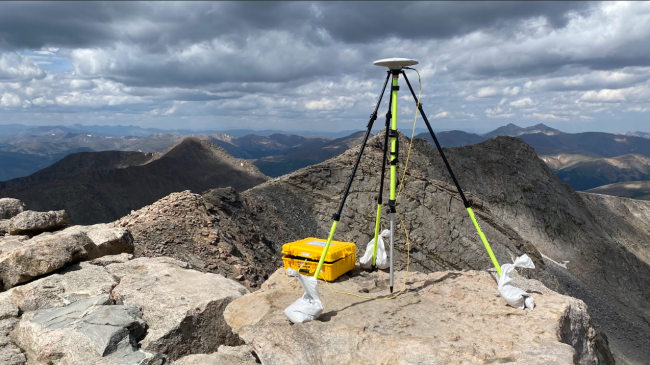
Stock image of 2 people taking a moment to recover from exercise in the high heat of the day. (Image credit: istock)
A new analysis of heat wave patterns appearing today in Nature Climate Change offsite link concludes that climate change driven by the buildup of human-caused greenhouse gases will overtake natural variability as the main cause of heat waves in the western United States by the late 2020s and by the mid-2030s in the Great Lakes region.
“These are the years that climate change outweighs natural variability as the cause of heat waves in these regions,” said Hosmay Lopez, a meteorologist at NOAA’s Atlantic Oceanographic Meteorological Laboratory and the University of Miami Cooperative Institute for Marine and Atmospheric Studies offsite link, and lead author of the study. “Without human influence, half of the extreme heat waves projected to occur in the future wouldn’t happen.”
The research also found that climate change would replace natural variability as the main cause of heat waves in the northern and southern Plains in the 2050s and 2070s, respectively. Researchers defined heat waves as three or more consecutive days when temperatures rose to levels among the top five hottest days of the year for a region.
The new research is part of a larger effort to better predict heat waves in the United States. With a growing population, improved heat wave prediction can help inform adaptation and mitigation to protect human health.
“Research has tended to focus on predicting extremes such as tornadoes and hurricanes when heat waves are actually causing many more weather-related deaths in our country,” said Lopez. “We want to help fill that gap and develop effective heat wave predictions to help communities be better prepared.”
Extreme heat has been the leading weather-related cause of death in the United States for the past 30 years, according to US natural hazard statistics.
Lopez and colleagues used climate models along with historical climate data to project future heat wave patterns. They based their findings on the projection for greenhouse gas emissions this century, known as the RCP8.5 scenario. This assumes high population with modest rates of technological change and energy conservation improvements and is often called the “business as usual” scenario. Lopez said he based the research on this climate scenario because historical greenhouse gas emissions have to date aligned with this projection.
Media contact
Monica Allen, 301-734-1123


